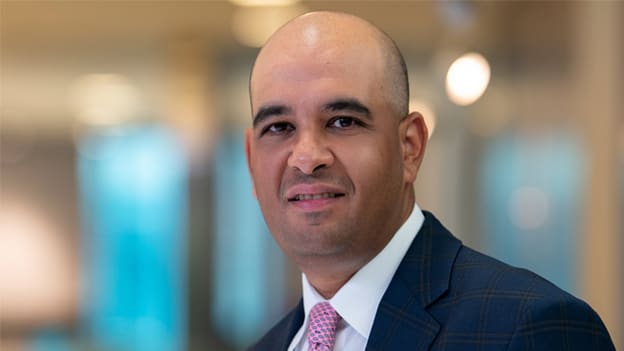COVID-19 showed how central humans are to every dimension of enterprise: EY’s Samir Bedi

Embracing a “virtual mindset” and creating a more “inclusive” environment will help organizations employ and engage more diverse group of employees.
READ the June 2021 issue of our magazine: COVID-19 Rages On: Are You Ready?
Samir is EY Asean Workforce Advisory Leader, with extensive consulting experience in helping organizations to develop business strategies linked to people-organization dynamics across Southeast Asia. He has worked on numerous competency, performance, and rewards design and implementation projects for public-, private- and third-sector clients.
His experience covers all aspects of human resources consulting, ranging from organization structuring and manpower planning to job redesign and the future of work. Other areas include creating differentiated reward programs, developing a high-performance culture, integration of performance and reward and talent programs, as well as HR process review and audit.
Most organizations are embracing the hybrid mode of work including tech giants. Do you believe there will be a significant shift in the organizational culture?
The speed at which organizations have transitioned to virtual modes of working in response to COVID-19 is unprecedented. During the circuit breaker in Singapore in April 2020, the workforce shifted to work-from-home in just a matter of days.
The office as-we-know-it is being redefined. Post-pandemic, the office could be anywhere. With reduced or little physical interactions, employees will face challenges in communicating effectively in the absence of physical cues such as body language, facial gestures, and voice modulation.
This will significantly impact the employee experience and the organization’s culture. Therefore, organizations need to recognize the role of physical spaces and provide for hybrid modes of physical and virtual interactions. For example, employees can form teams to utilize networking spaces for creative brainstorming before transiting to virtual modes to execute individual deliverables. Given that these hybrid modes of engagement are new for the organization, we expect that the organization is going to invest in technology and resources to give employees the best experience they can have.
MORE FOR YOU...
- Cisco’s Fran Katsoudas on seismic shifts in the world of work
- Rob Rosenberg on evolving EX and organizational culture
- Ruth McGill, CHRO, ING Bank on purposeful transformation
Do you think leaders are exploiting this moment to fix gaps, inequalities, and create a better workplace where everyone is able to unleash their full human potential?
The “virtual office” and digital ways of working helps to level the playing field and creates employment opportunities for the workforce. In particular, individuals who work on a part-time basis or those with physical disabilities no longer face the barriers of time or distance involved in traveling to a physical location to work.
With the normalization of virtual environments, meetings and events will also be conducted in a way that is more accessible for virtual attendees. By embracing a virtual mindset and creating a more inclusive environment will help organizations to employ and engage a more diverse group of employees, which will in turn help to drive the creation of new ideas.
Are organizations are ramping up their employee support systems in an environment of uncertainty and going the extra mile to help employees? How will this trend pan out in the post-pandemic days?
No other event in the history of working has shown how central humans are to every dimension of the enterprise.
Many employers are going beyond providing technology for remote working, and are looking after their employees’ health, welfare and well-being. They are introducing guides and best practices to help employees build conducive work environments, strengthening their remote IT support capabilities, and providing welfare benefits such as vaccine day-offs.
Forward-looking employers are also looking after their employees’ long-term needs by planning for workforce transformation and helping employees to upskill and reskill for the digital future of work.
Where do you see the world of work three years down the line?
The pandemic is changing organizations and the future working world in fundamental ways.
As mentioned in my earlier responses, the virtual work environment will see a shift toward the adoption of an outcome-based approach to work. As digital adoption accelerates, tasks will be ever-changing, and the workforce will need to regularly upskill and understand how to apply and utilize the latest technology. Amid these changes, it is key that organizations put humans at the center to build an inclusive environment where employment opportunities are for all.
Keeping pace with the rate of change will require agile organizations. Existing hierarchical structures will need to be broken down and organizations will need to embrace collaborative ways of working. It is key that organizations pivot their transformation from a place of purpose. Leaders will need to walk the talk of moving from profit to purpose by transforming how they manage their organization and the workforce.
To realize the unlimited possibilities of the future working world, employees, organizations and the government will need to work together to realize the opportunities.















